Resolution No. 57-NQ/TW of the Politburo on breakthroughs in science and technology development, innovation and digital transformation has clearly oriented the development of high technology associated with the country's industrialization and modernization.
The Resolution sets out requirements for perfecting the legal and policy system to facilitate research, development, application and transfer of high technology.
The Law on High Technology, issued by the National Assembly in 2008, is the first and only law regulating high technology in Vietnam. However, many of its provisions are outdated, inconsistent with specialized laws, unenforceable, or no longer suitable for practice.
Meanwhile, the legal system on science , technology and innovation is being comprehensively adjusted with Resolution 57 as the guiding principle, requiring this Law to be amended to ensure unity, synchronization and create a legal foundation for development.
Amend the Law on High Technology to institutionalize the spirit of the Resolution, thereby creating a transparent, stable and attractive legal corridor for investment, production and business activities in the high-tech sector.
Creating a legal corridor for strategic technology
The draft Law on High Technology (amended) consists of 6 chapters and 27 articles, reducing 8 articles and having changes in structure and form compared to the current Law, including 6 groups of policies: perfecting the concept and criteria of high technology; redesigning the system of policies and beneficiaries of priority, incentive and investment support policies; encouraging the development of the high-tech ecosystem; supplementing regulations on models of high-tech zones and high-tech cities; supplementing and perfecting regulations on state management of high technology, management, inspection, supervision and efficiency assessment mechanisms; supplementing regulations on requirements for comprehensive digital transformation of high-tech activities.
The draft Law on High Technology (amended) also adds a separate chapter on strategic technology development, regulating from research, testing, application, commercialization, transfer to attracting and developing high-quality human resources. Along with that, the draft stipulates comprehensive digital transformation of high-tech activities, including digitizing data, infrastructure, and related policies to operate on digital platforms and smart management systems. Notably, the draft adds regulations on high-tech urban development, which is a place with a high-tech zone as the core, planned, invested in synchronous technical and social infrastructure, and modern management mechanisms to ensure modern and sustainable living, working and creative conditions to develop a high-tech ecosystem.
Minister of Science and Technology Nguyen Manh Hung said that the draft Law on High Technology (amended) creates a favorable legal corridor for the development of high technology, especially strategic technology; perfects the policy of considering high technology and strategic technology as one of the strategic breakthroughs for socio-economic development and technological autonomy of Vietnam; perfects preferential policies and support mechanisms associated with flexible efficiency in supporting new generation high-tech zones. The viewpoint of drafting the Law is to concretize the Party's guidelines, making high technology and strategic technology one of the main driving forces for national development.
The draft Law closely follows the national strategic technology trends and practical requirements to create an effective legal corridor; learns from international experience in building high-tech development policies, applying them appropriately to Vietnam's conditions; retains effective provisions of current laws, adjusts and supplements new ones to ensure the stability and updating of the legal system; has a clear, logical structure, is easy to apply and improves management efficiency.
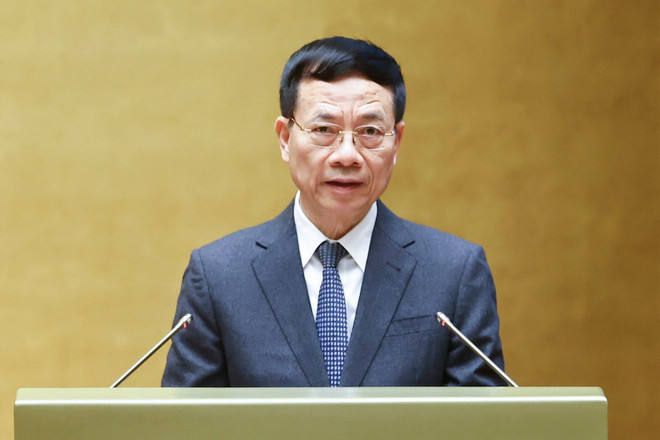
Minister Nguyen Manh Hung analyzed that the draft Law on High Technology (amended) identifies the types of technology and technology products that need to be prioritized for development. High technology is not only an area of investment incentives, but also a strategic pillar of the economy, national defense, security and national competitiveness, and high technology is also national sovereignty.
“This is a change in our Party's perception. Vietnam has announced a list of 11 strategic technology groups that Vietnam must master. This is also a declaration of Vietnam's autonomy and self-reliance in technology," Minister Nguyen Manh Hung shared.
Affirming that the amended Law on High Technology aims to institutionalize the above viewpoints, the Minister said that the Draft has divided high technology, strategic technology, and core technology into categories for development management. The mechanisms and policies for high technology in the current law will continue to be maintained and incentives will be increased if FDI increases the localization rate of technology transfer with research and development activities in Vietnam.
“The Law on High Technology (amended) will also develop special policies to strongly promote autonomy in strategic technology such as direct assignment of tasks, specific mechanisms in decoding, purchasing technological know-how, establishing special experimental areas for strategic technology and special procurement of strategic technology and strategic products,” said Minister Nguyen Manh Hung.
Steps to concretize Resolution 57
Evaluating further the draft Law on High Technology, Associate Professor, Dr. Vu Hai Quan, Permanent Deputy Minister of Science and Technology, said that the amendment of the Law on High Technology is not only to overcome limitations but also to concretize major policies of the Party and State, especially Resolution 57-NQ/TW. The amendment also creates a transparent, stable and attractive legal corridor for investment, production and business activities in the high technology sector, while enhancing endogenous technological capacity towards global competition.
After more than 16 years of implementation, the Law on High Technology has revealed many shortcomings, creating an urgent need for amendment. Currently, the number of domestic high-tech enterprises is still small and Vietnam has not yet mastered basic technologies in key areas.
Meanwhile, foreign enterprises invest a lot but the technology content is still low, mainly focusing on processing and licensing; there are no strong enough policies to promote Vietnamese enterprises to participate deeply in the supply chain. The operational efficiency of high-tech zones is still limited. Typically, Hoa Lac High-Tech Zone has encountered obstacles in traffic infrastructure, making connection, research and application deployment difficult.
Although key laboratories in universities have been established, they do not have a sustainable operating mechanism due to the high costs of maintenance and development, especially in the long term. In addition, the lack of synchronization of the legal system is also a major barrier. The current High Technology Law is still entangled and overlaps with many other laws such as the Law on Planning, the Law on Bidding, the Law on Management and Use of Public Assets, etc., slowing down the implementation and development process.
Commenting on the draft Law on High Technology (amended), Vice Chairwoman of the National Assembly Nguyen Thi Thanh assessed that the draft has identified a list of strategic technologies of breakthrough nature, the foundation for national defense and security, and promoted the role of the private sector. At the same time, the draft builds a comprehensive high-tech ecosystem, connecting the public and private sectors, domestic and international. However, it is necessary to have an outstanding policy on human resources, promoting experts, scientists, and overseas Vietnamese and considering this as a national asset.
Vice Chairwoman of the National Assembly Nguyen Thi Thanh also proposed clarifying policy tools, resources, and coordination mechanisms to ensure feasibility and effectiveness in organizing the implementation of administrative procedure simplification, strengthening post-inspection mechanisms, and attracting investment resources for high-tech development outside the state budget.
Regarding the policy on strategic technology research and development, Vice Chairwoman of the National Assembly Nguyen Thi Thanh said that the draft Law needs to study regulations on the allocation of the proportion of State budget expenditure for strategic technology research and development activities, avoiding overlap with the Law on Science, Technology and Innovation.

According to Deputy Director of the Department of Agriculture and Environment of Tay Ninh province Nguyen Dinh Xuan, the Law on High Technology (amended) has many advantages compared to the current law; it creates a clearer legal corridor for high-tech zones; it has additional tax and land incentives to create a foundation for human resource development. However, the Law (amended) needs to clarify the concept of high-tech products, clearly stipulate the value ratio of high-tech products, and has additional mechanisms for international recognition for export and trade competition.
It is expected that the Draft Law on High Technology (amended) will be considered and approved at the 10th Session of the 15th National Assembly, thereby creating a modern and synchronous legal framework, becoming an important driving force to promote technological autonomy, improve national competitiveness and realize the development goals set out in Resolution 57./.
Source: https://www.vietnamplus.vn/sua-doi-luat-cong-nghe-cao-giup-phat-trien-cong-nghe-chien-luoc-post1078927.vnp







![[Photo] Prime Minister Pham Minh Chinh attends the patriotic emulation congress of the banking sector](/_next/image?url=https%3A%2F%2Fvphoto.vietnam.vn%2Fthumb%2F1200x675%2Fvietnam%2Fresource%2FIMAGE%2F2025%2F11%2F24%2F1763981997729_tt-nhnn-jpg.webp&w=3840&q=75)


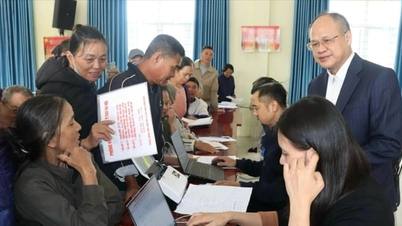

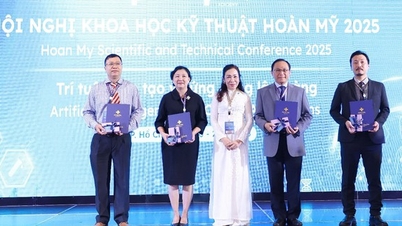





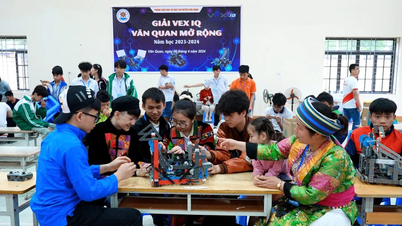




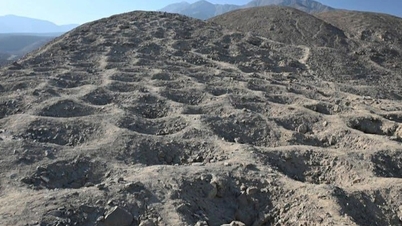




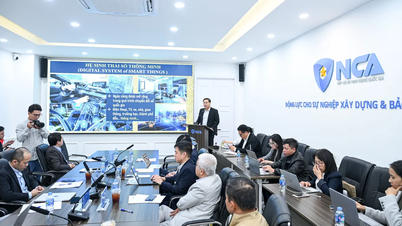






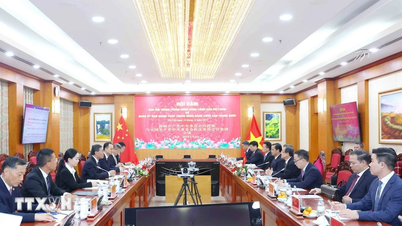
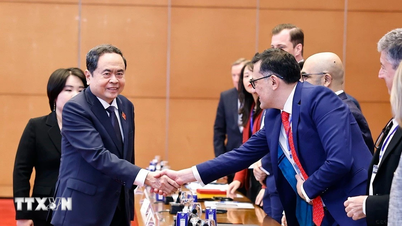
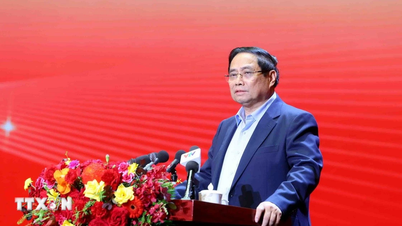


![[Photo] Next to the "mountain of trash" after the flood, Tuy Hoa residents strive to rebuild their lives](/_next/image?url=https%3A%2F%2Fvphoto.vietnam.vn%2Fthumb%2F1200x675%2Fvietnam%2Fresource%2FIMAGE%2F2025%2F11%2F24%2F1763951389752_image-1-jpg.webp&w=3840&q=75)







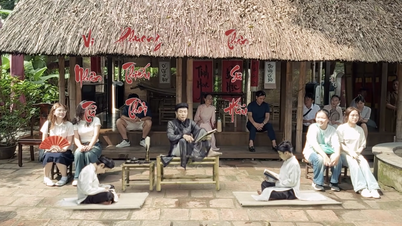











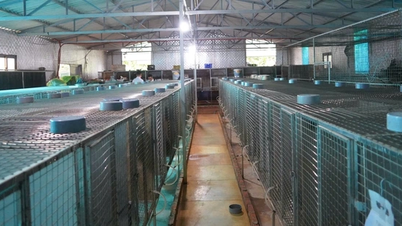




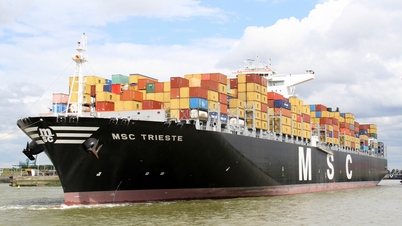


















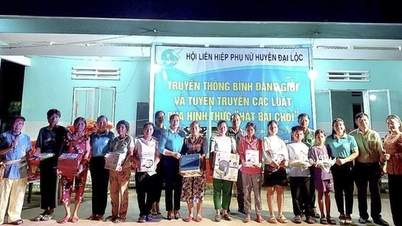
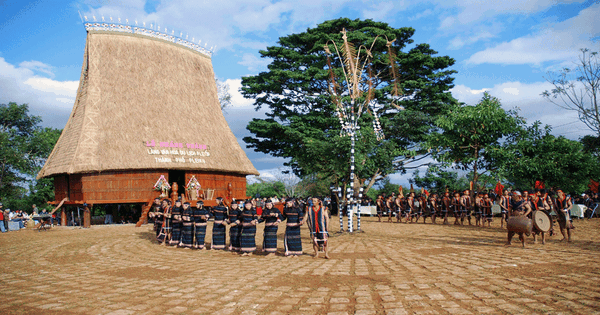






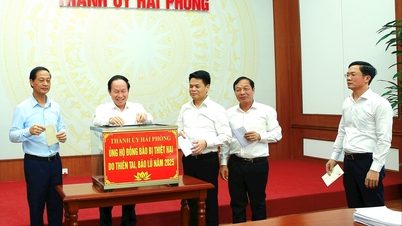



















Comment (0)